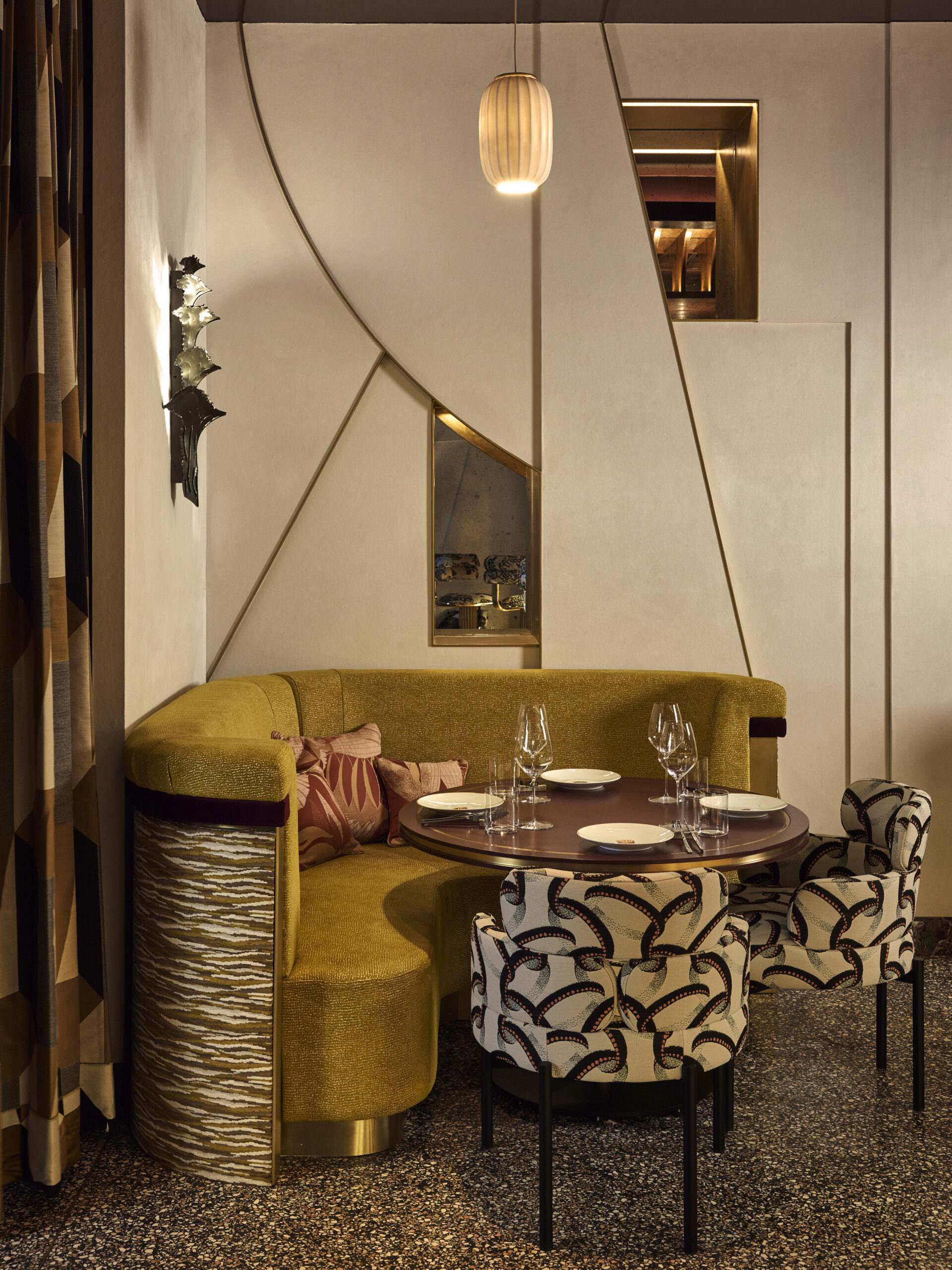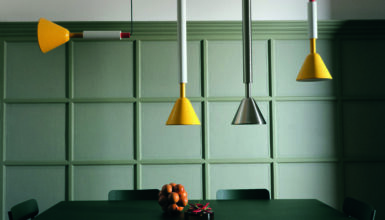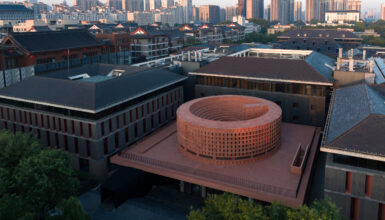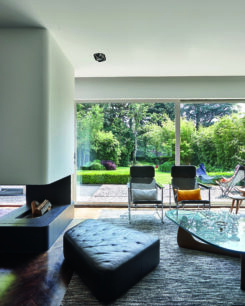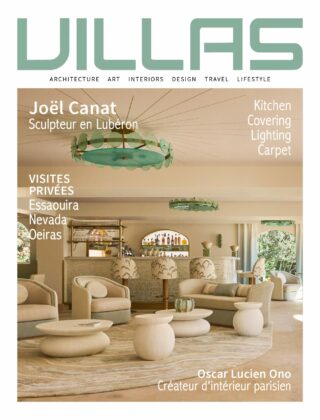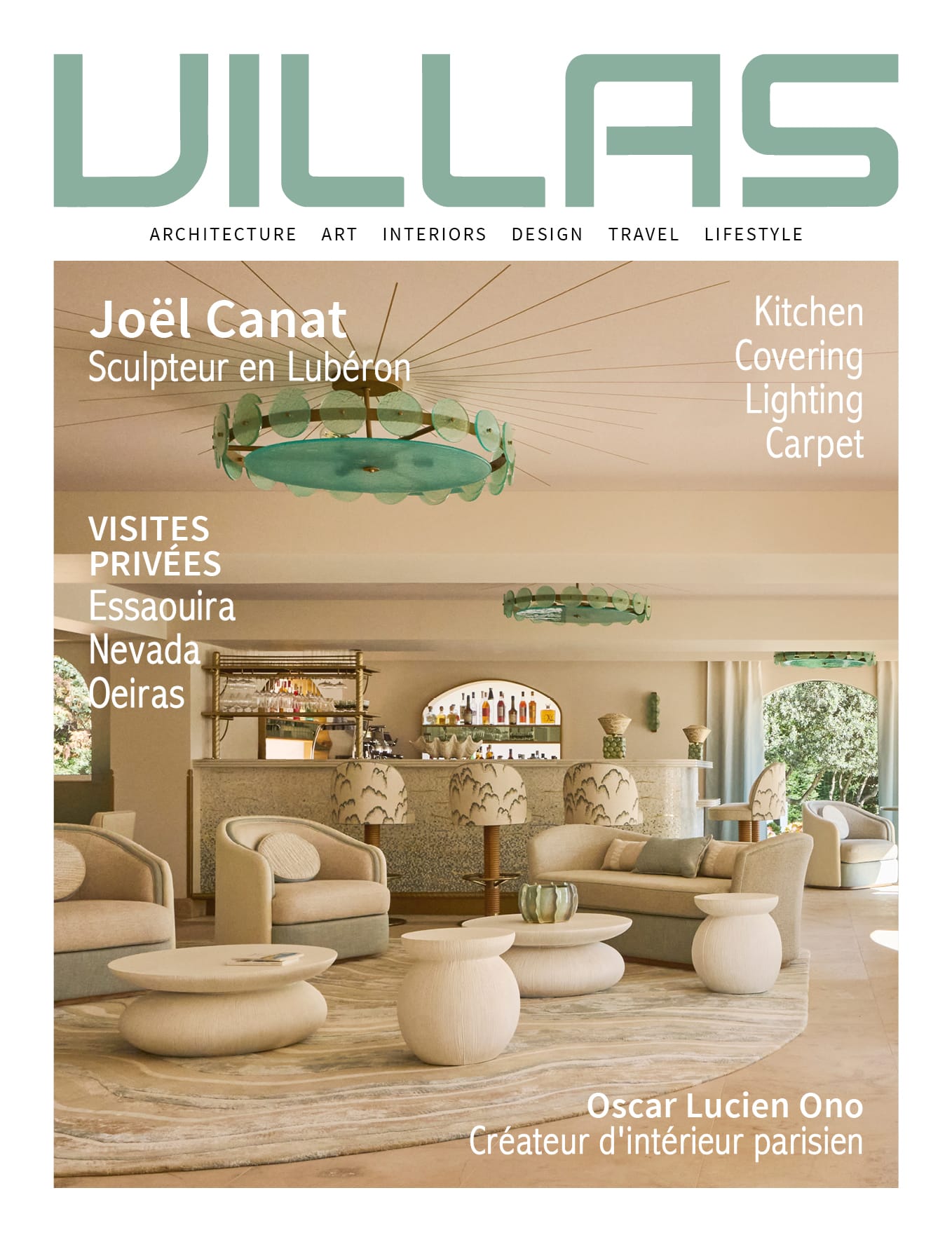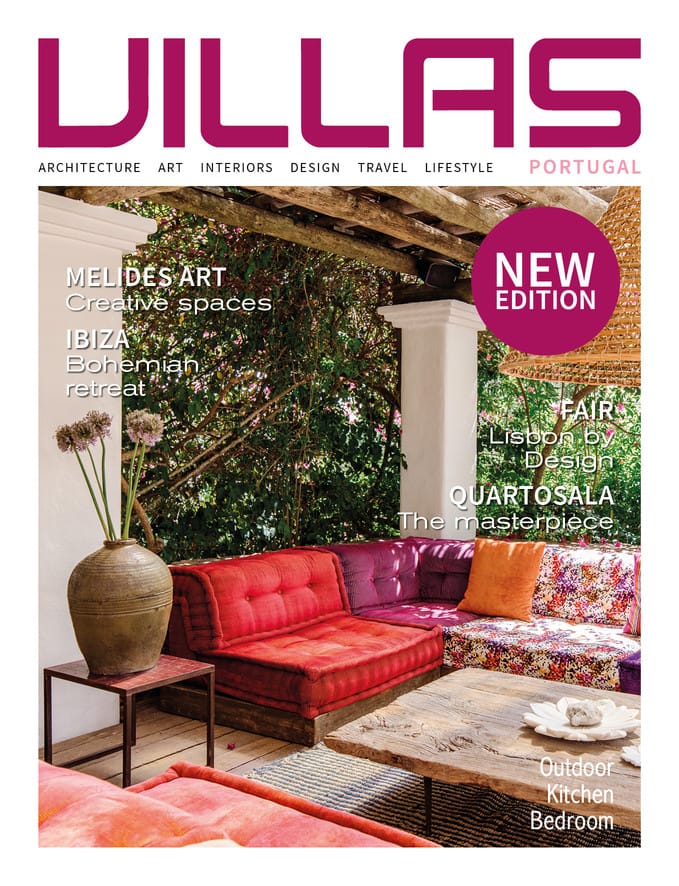
The hotels, bars and restaurants they devise thrust us into a unique universe that emerges from that particular location. Whether they draw inspiration from art history or distant travels, their stories invite us to enjoy an immersive experience, encapsulating a journey through time and styles.
Founded in Monaco in 2008, Emil Humbert and Christophe Poyet opened their Paris office four years ago. Today, the architecture firm enjoys international acclaim for its projects, which include luxury hotels transformed with a bold mix of noble materials to produce an influential signature style (humbertpoyet.com).
SEOUL
JOSUN PALACE
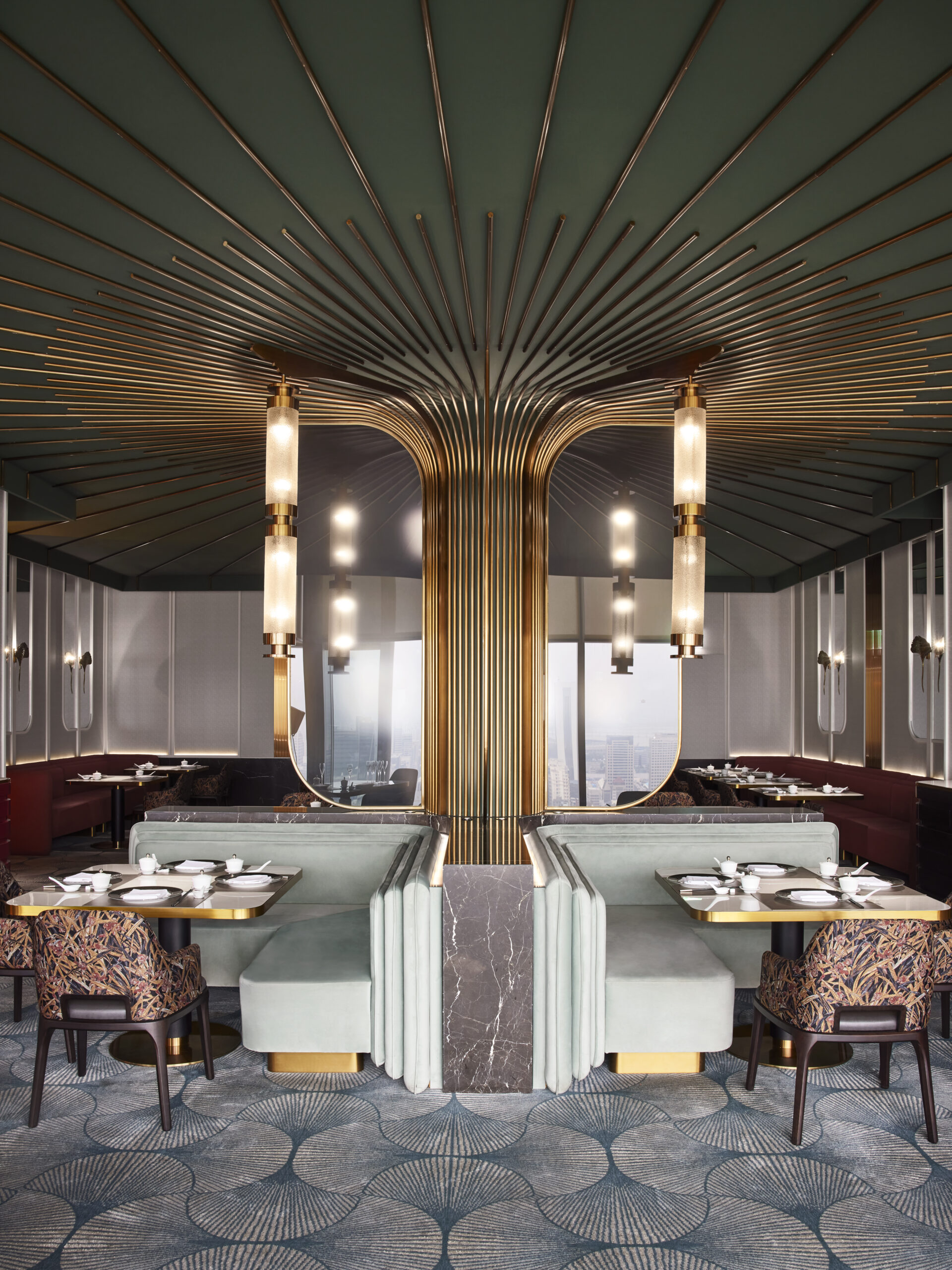
With its discreet Asian influence, this 5-star luxury hotel has been decorated with an eclectic mix of contemporary art and design, Art Deco and vintage influences. It serves as a setting for over 100 works, including a monumental piece by Daniel Ashram in the reception area. Everything has been done to create a universe replicated throughout the hotel, beginning with an olfactory experience of incense, transporting visitors far away from the city. Noble and vibrant materials, graphic marble floors, lacquer and sculpted staff on the walls, and a play of mirrors and reflections combine to create a unique atmosphere. The rooms are decorated in neutral colours. They are reached via a private corridor, decorated in dark green and aubergine tones. Behind its 9-metre-high windows, the skybar (see photo), located on the 36th floor, offers spectacular views. It is very much the highlight of the project, vaunting a ceiling dotted with spectacular brass and parchment light fixtures.

A vibrant dialogue between French decorative arts and Asian aesthetics
A wrought iron door, a reproduction of the original 1914 door that contrasts with the atmosphere of the lobby, opens onto a space housing two restaurants. The Eatanic Garden, a Michelin-starred Korean restaurant, welcomes diners with its palette of light, fresh and delicate tones, aquatic green, beige and white. Glass and brass screens intersperse the open space, cleverly securing a sense of privacy and playing with natural light. The Cantonese restaurant The Great Hong Yuan (our photos), with its plush décor, evokes the mysterious atmosphere of ‘1930s Shanghai’. Stylised ginkgo leaves printed on the floor carpet also served as models for the wall light fixtures. The dark green walls are paired with the Oriental Red lacquer chosen for the doors. The seats are upholstered in burgundy or almond green velvet, while the floor covering of the circulation areas draws the eye with its 4-colour marble pattern. Throughout, the meticulous finishes and numerous details bring out the elegance of the décor, crafted with the precision of a goldsmith, in a spirit of French sophistication.
NEW-YORK
BEEFBAR

Located in New York’s Tribeca neighbourhood, the Beefbar is housed in a 1920s Art Deco building. The cool elegance of its large, classic dining room with its open kitchen contrasts with the exuberance of its bar, decorated in a more casual style. The former features large arched windows highlighted by mouldings and garnet marble baseboards, along with a wide frieze decorated with stylised plant motifs. The aqua-green velvet banquettes are a sharp departure from the seats at the intimate bar with its warm lighting and combination of subdued leather, dark wood and antique mirrors. Textured wall panels have been paired with garnet marble, parquet and terrazzo flooring, and bronze or alabaster wall lights. The benches are covered in velvet (Pierre Frey) and the stools in Rocher fabric (Villa Riviera collection), manufactured by Nobilis. Reflective ceilings complement the carefully designed amber lighting. A wooden partition conceals an atmospheric dining room, complete with low ceiling, textured wallpaper and Murano glass wall lights.
